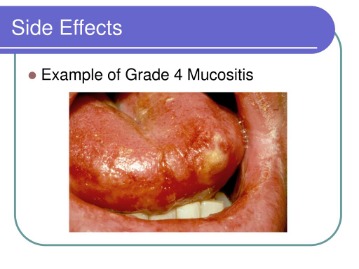
Bloodstream Infections
Blood is normally a sterile surroundings, so the detection of microbes within the blood (most commonly accomplished by blood cultures) is all the time abnormal. A bloodstream an infection is totally different from sepsis, which is the host response to micro organism. Pathogenic bacteria utilise numerous mechanisms to cause disease in human hosts. Bacterial pathogens express a variety of molecules that bind host cell targets to facilitate quite a lot of different host responses. The molecular methods utilized by bacteria to interact with the host could be distinctive to specific pathogens or conserved across a number of completely different species. A key to preventing bacterial disease is the identification and characterisation of all these different methods.
L-form bacteria enter the bloodstream from the tissues after surviving therapy by wall-targeting antibacterials. L-form micro organism can persist in the tissues for an prolonged period of time mainly connected to macrophages. Being engulfed, L-varieties aren’t digested and proceed to persist inside macrophages . Since bacterial L-types are missing peptidoglycan, they don’t set off an innate immune response . L-forms enter the bloodstream being inside leukocytes and in addition in form of free spheroplasts and protoplasts.
Specific Virulence Factors
Koch’s second defective assumption was that every one healthy test subjects are equally vulnerable to disease. We now know that individuals usually are not equally susceptible to disease. Individuals are unique in terms of their microbiota and the state of their immune system at any given time.

Exopolymer shielding and the absence of bacterial wall (bacterial L-kind) stop triboelectric charging and they don’t seem to be attracted and killed on the surface of erythrocytes. L-kind bacteria are inactive in the bloodstream. A major focus of infection and/or metastatic foci may become a long-time period supply of bacteremia resistant to antibacterial drugs. Intracellular invasion occurs when a microbe actually penetrates the cells of a host tissue and survives inside this setting.
Host Susceptibility
“Device for removing bacterial toxins from blood or plasma, useful for treating sepsis, also for analysis and prognosis, includes hole fiber material for selective binding of the toxins”. Bacteria removing from the bloodstream was first carried out 25 years ago . Bacteria had been removed by matrix of micro-encapsulated albumin activated charcoal .
TbpA is ready to extract iron from transferrin in the absence of its co-receptor, however the process is considerably extra efficient within the presence of TbpB. In reality, it has been estimated that TbpB helps to internalize about half of the iron obtained from transferrin and also participates in the dissociation of apo-transferrin from the cell floor (Anderson et al., 1994; Derocco et al., 2009). The affinities for transferrin are distinct for TbpA and TbpB, and for the combined receptor , which suggests that formation of the twin receptor ends in unique characteristics within the interaction with transferrin . Upon transferrin binding, TbpB types a transient triple advanced with TbpA. TbpA catalyzes a conformational change that results in iron release and dissociation of apo-transferrin with the assistance of the TonB advanced. TbpA is a TBDT protein and the conformational change moves the cork area permitting the formation of a transient docking site for iron contained in the β-barrel and transfer to the periplasmic ferric binding protein FbpA (Noinaj et al., 2012a,b).